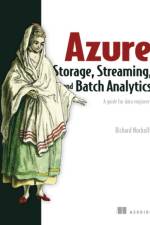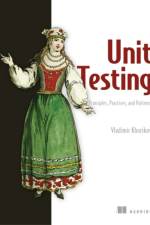- Serverless machine learning with AWS
av Peter Elger
589,-
Companies everywhere are moving everyday business processes over to the cloud, and AI is increasingly being given the reins in these tasks. As this massive digital transformation continues, the combination of serverless computing and AI promises to become the de facto standard for business-to-consumer platform development?and developers who can design, develop, implement, and maintain these systems will be in high demand! AI as a Service is a practical handbook to building and implementing serverless AI applications, without bogging you down with a lot of theory. Instead, you'll find easy-to-digest instruction and two complete hands-on serverless AI builds in this must-have guide! Key features Cloud AI from development to production Applying cloud AI services to your existing platform Understanding orchestration patterns for cloud AI systems How to architect and build scalable, resilient data pipelines AudienceFor software developers with intermediate skills in at least one programming language and a basic understanding of IP networking and HTTP protocol.About the technologyArtificial Intelligence (AI), a machine's ability to learn and make predictions based on patterns it identifies, is already being leveraged by businesses around the world in areas like targeted product recommendations, financial forecasting and resource planning, customer service chatbots, healthcare diagnostics, data security, and more.Peter Elger is the founder and CEO of fourTheorem, a software solutions company providing expertise on architecture, development, DevOps, and machine learning. He is also the cofounder and CTO of two other companies: nearForm, a Node.js consultancy, and StitcherAds, a digital advertising platform. He is a regular conference speaker and coauthor of The Node Cookbook as well as several academic papers. Eoin Shanaghy is the cofounder and CTO fourTheorem and the founder of Showpiper, a machine learning-driven video content marketing startup. He previously created real-time trading applications for Fortis Bank and developed Hewlett-Packard's enterprise application server as well as 3G network management systems for Ericsson and Arantech (now Netscout). Johannes Ahlmann is the founder and CEO of Sensatus.io, a Machine Learning company specialized in large-scale Web Crawling, Market Intelligence and On-Premise AI solutions. He previously created Information Extraction solutions as Head of Data Science at ScrapingHub, and created responsive mobile solutions at Dell EMC.






























